News
Why are Small-Engine Cars So Popular in Japan? Updated in April 2020
The Chinese prefer atmospheric, luxurious cars with large engines, but the Japanese have a soft spot for small-engine cars. Why is that?
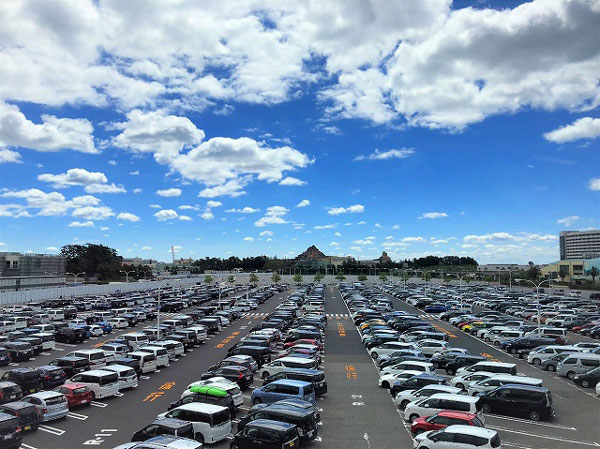
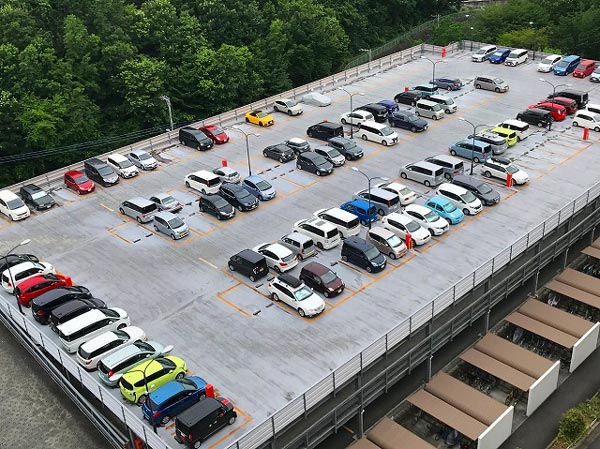
The Chinese like cars with grandeur and large engines. Longer sedans, and SUVs like the CR-V and Land Cruiser are regarded as ideal. Panoramic sunroofs, large interiors, long wheelbases, and manual transmissions are all considered standard for experienced drivers.
In Japan, however, small-engined “kei cars”, or light automobiles, are very popular. These yellow-plated cars are smaller than normal cars and can be seen everywhere from highways to country trails. They’re cheaper than their normal-sized cousins, too: not only the initial sticker price, but also additional costs such as car taxes, ferry fees, and highway tolls. While an ordinary 2000cc car will incur 39,500 yen (about $365) in taxes annually, kei cars only cost 10,800 yen (about $100). And due to their small size, kei cars also win out on the weight tax, taken during biennial inspections.
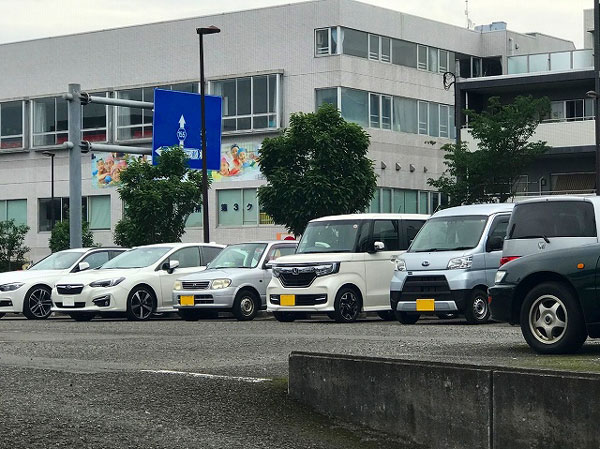
A July 1949 decree by Japan’s Ministry of Transportation created a special category of “light automobile”, different from typical small cars. The law outlined specifications for two-wheel, three-wheel and four-wheel light vehicles. After several revisions, the current regulations for light four-wheeled vehicles call for engines smaller than 660cc, and bodies less than 3.4 meters in length, 1.48 meters in width, and 2 meters in height. The first kei car was the “Suzuki Light” introduced by Suzuki Motor Corporation in 1955. After that, the Subaru Beetle launched in 1958 was all the rage. Over the following decades, light vehicles continued to increase in popularity, and now account for nearly half of all household cars in Japan.
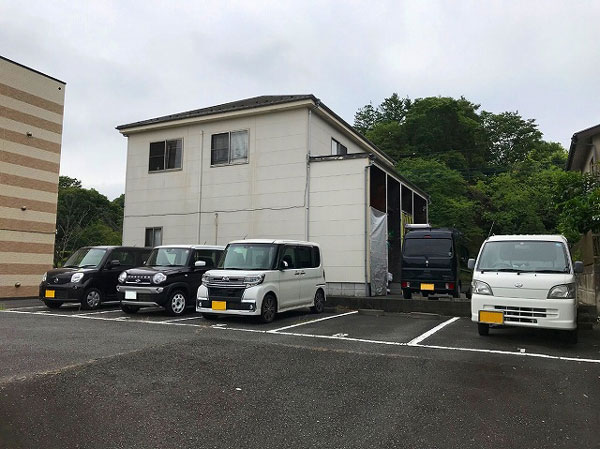
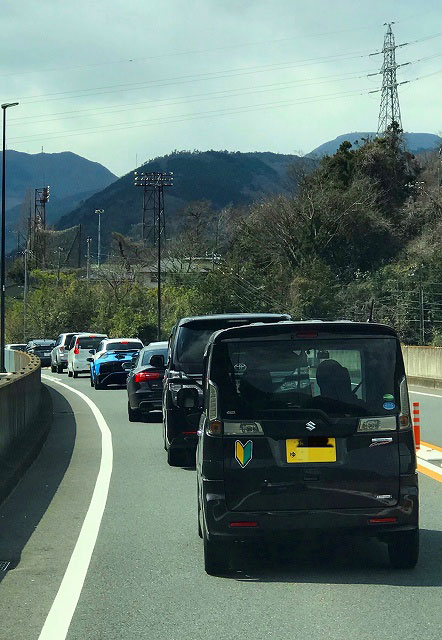
People of all ages and backgrounds have a soft spot for kei cars because of their great utility. Mothers prefer kei cars because they are convenient for bringing their kids to daycare and going about daily life in busy cities with narrow parking spaces. Indeed, kei cars come with most of the conveniences you benefit from larger cars. There are kei cars with sliding doors that open wide without swinging out. Groceries or gear can be stored in kei cars with fold-down rear seats. And many recent models are smart enough to sense the key in your pocket, so that the door will unlock when your hands are full. They’re also fuel-efficient—one liter of gasoline can last for about 20-30 kilometers, lending to their popularity in the remote countryside. According to one online survey, the five most popular light vehicles were the Honda S660, the Suzuki Jimny, the Daihatsu Copen, the Honda N-WGN, and the Daihatsu Tanto Custom.
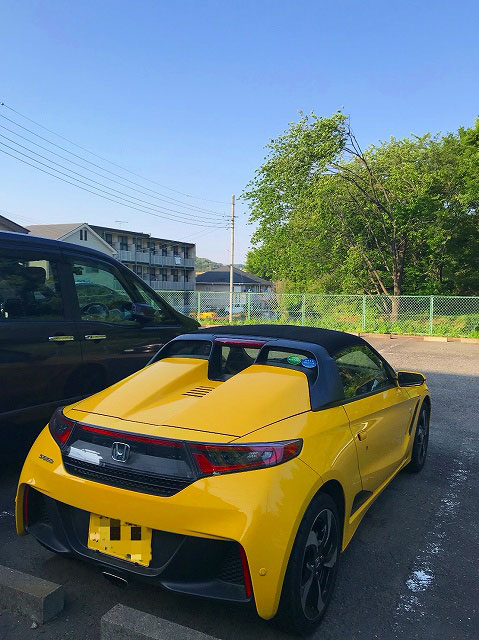
Since its launch in the spring of 1970, the Suzuki Jimny has been popular with people who enjoy outdoor activities such as fishing and camping. Its fourth-generation model was launched in July 2018 with an improved steel trapezoidal frame, a front-engine rear-wheel-drive layout, and the ability to change from two-wheel drive to four-wheel drive with the push of a button. This mini-SUV is at home not only on flat ground, but also in the mountains and on the beach. It climbs with ease, and is powerful even off road. The suspension absorbs shocks, and the windows are UV-ray protected. Antibacterial treatment in the cabin prevents dust, pollen, and other odors. The new Jimny has a novel design and was selected as the World Urban Car of the Year at the Geneva Motor Show in March 2019. Jimny is highly customizable: changing the tires, raising the body, repainting—it’s all on the table. And if you don’t feel up to the task, there are plenty of customization shops around to lend a hand. In fact, a bona-fide Jimny Club has been around since 1982, a testament to the model’s fan base. Events and rallies are held annually to discuss and admire modifications and drivers’ experiences.
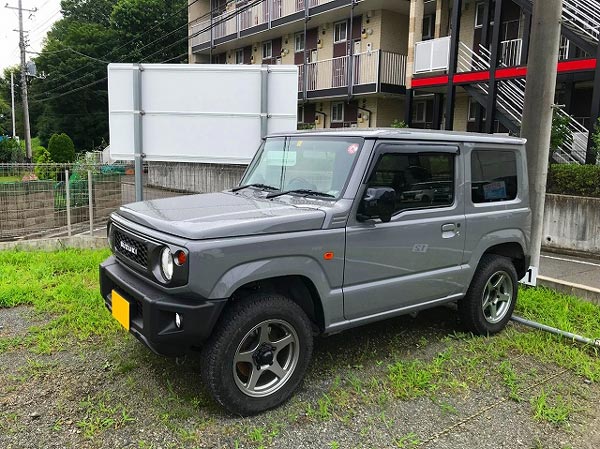
Perhaps another reason Japanese people like kei cars is psychological. Once, in a TV commercial for a real-estate company, a famous Japanese actor listened to a salesperson introducing a high-ceilinged apartment with a spacious living room. The actor muttered, "In fact, I prefer smaller rooms." It is said that smaller spaces make people feel more comfortable. People who gather in the same small space seem to have an easier time connecting. These kinds of spaces are throughout Japan: for example, in smoky izakayas where you need to turn sideways to squeeze through to your table, and in elegant and dignified tea ceremony rooms that take up little more than a few square meters.
Many friends who came to visit Tokyo were shocked at their unbelievably small hotel rooms, but were impressed by the perfect facilities and service. So, in the end, perhaps appreciation of the small and exquisite is one of refined Japanese tastes.
Kei trucks have kept pace with the times. With the recent domestic camping boom in Japan, manufacturers have also launched kei campers. They make full use of their limited space, and come fully equipped for a comfortable living experience. In order to adapt to Japan’s aging society, kei vans have been developed that can accommodate wheelchairs via ramps or mechanical lifts via the back or side entrance. These sturdy and reliable vehicles can transfer elderly or disabled people to activity centers or hospitals. Such models are priced at around 1.5 million yen (about $14,000).
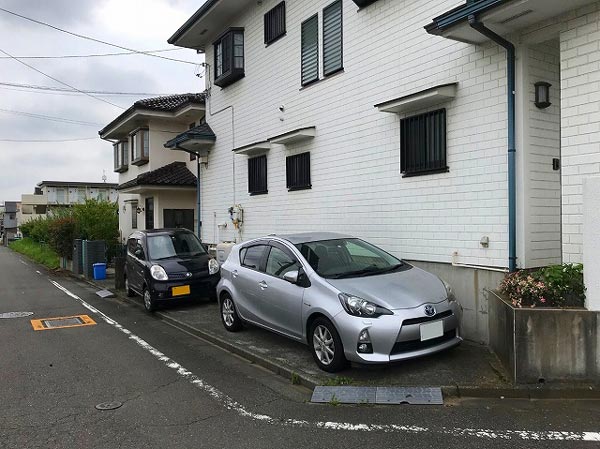
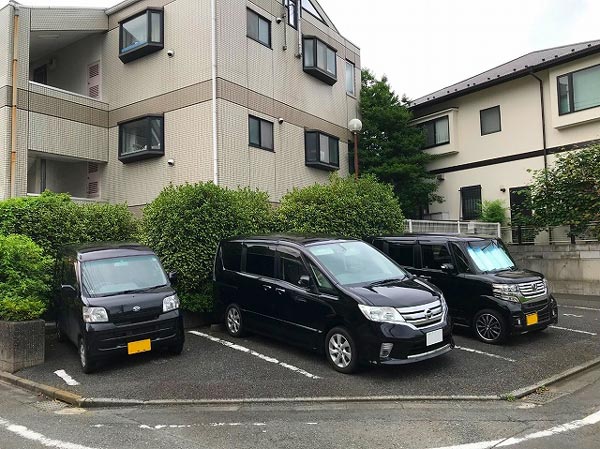
In fact, living in Tokyo nearly eliminates the need for a full-sized car. With its massive public transportation system, traveling across the city is smooth and simple via trains, subways and other forms of public transportation. As a bonus, in Japan it is typical for companies to bear their employees’ commuting costs. After work, those employees can freely party with friends, go shopping, or have a drink without worrying about what to do with their car. Predicting road conditions and arrival times can be difficult, and parking is also a hassle—not to mention expensive. Unless you are an executive, companies generally do not provide parking spaces for their employees, and people almost always commute via subway, train, and bus. Therefore, owning your own car in the city mostly comes down to your leisure activities. And perhaps it is no surprise that, according to surveys, young people's desire to buy their own car has been on a steady decline for years. To encourage people to drive, car-sharing services have started to spring up. Car dealers have also started experimenting with subscription services where you pay a certain amount of money every month and periodically choose to drive different cars.
One of the signs of social maturity may be the tendency to no longer compare yourself with others, to not feel compelled to follow the latest trends, and instead to find your own true passion. Finding what is most suitable for you helps you gain a greater sense of satisfaction, and truly appreciate the value of life. I recall that once, on a trip to the mountains, I saw a team of Jimnys driving the winding roads. It was quite beautiful, kind of a special sighting. This is probably one of the reasons why distinctive kei vehicles have remained popular in the saturated automotive market—a fine mix of affordability, flexibility, and utility.
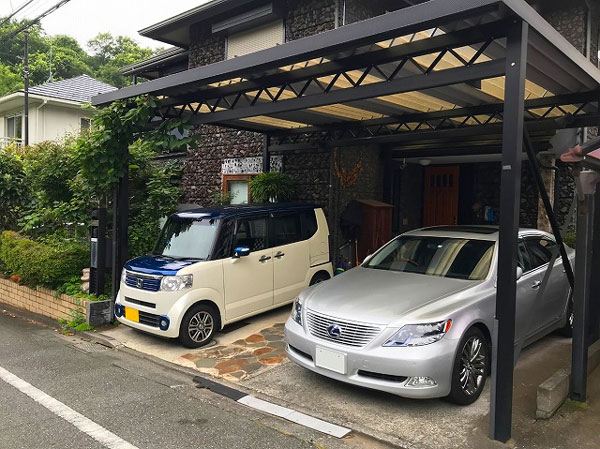
Author Zhang Yiyi
Photo - JST Japan Window Editorial Office
This article is a translated from the Nippon.com website article in Chinese







